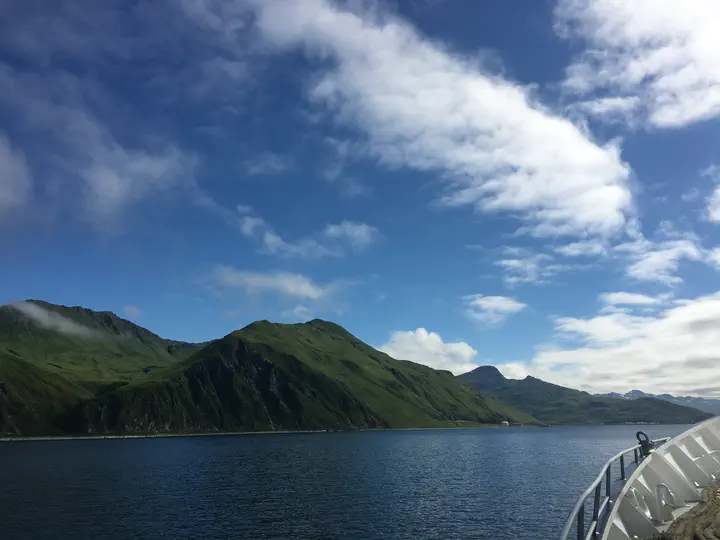Projecting marine fish distributions during early life stages under future climate scenarios

Abstract
Changes to Earth’s climate affect organisms globally; in marine systems, these impacts are seen through warming water temperatures, ocean acidification, hypoxia and frequent marine heatwaves. These effects may lead to the movement of species to more favourable conditions. While climate-driven movement is well studied at the adult stage, how the early life stages of marine fish will respond to future variability is less clear. Many fish species are constrained by specific spawning locations or phenology. Spawning in certain locations allows for local retention of offspring, while precise timing can facilitate transport of offspring to nursery locations through seasonal circulation patterns. Our research investigates how changing oceans impact the location and timing of spawning of Bering Sea groundfishes over the next century. We used ROMS SST and SSS model output and NOAA survey data in species distribution models to hindcast and project distributions and centre of gravity for eggs and larvae of six groundfish species. Our analyses found that most of our study species exhibit flexible geography. However, the speed and direction of egg and larval movement did not track the speed and direction of their respective thermal niches. Hence, the projected distributional patterns of adult stages may be limited by their early life stages. This response is likely to be mirrored globally by other species with planktonic eggs and larvae. These results indicate that life history considerations are critical for the management of commercially important species, as effects on early life stages are strongly connected to the success or failure of adult populations.